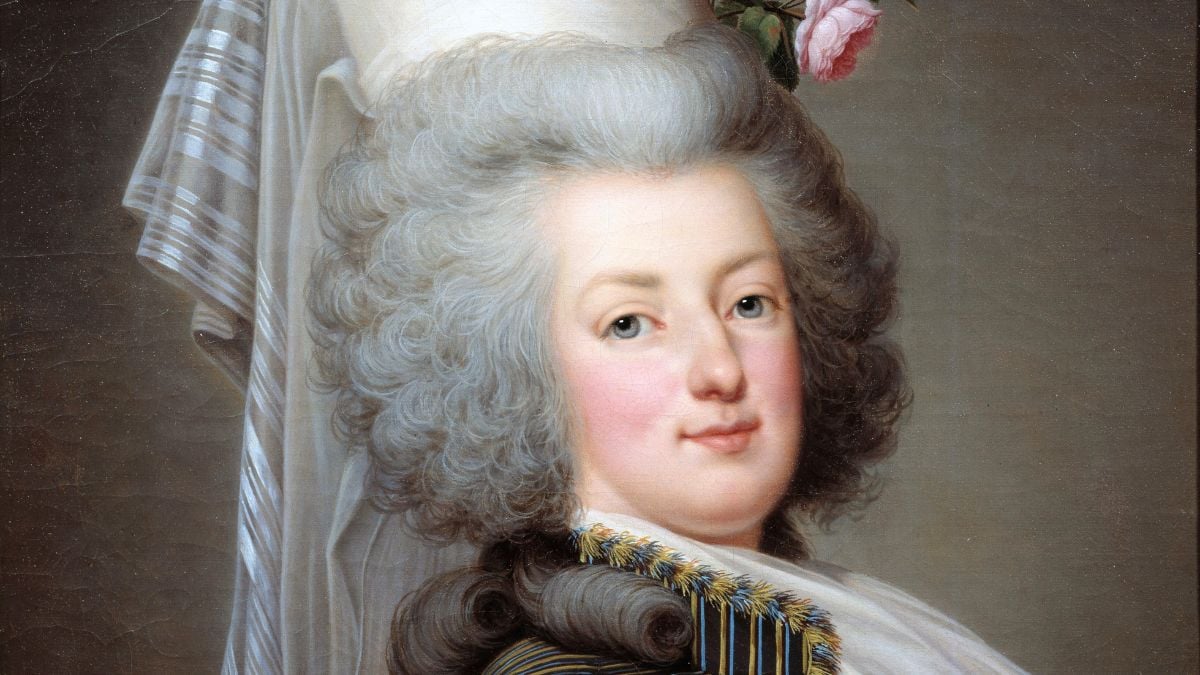Marie Antoinette, the infamous Queen of France, has unexpectedly found herself in the spotlight once again, centuries after her demise. The reason? The opening ceremony of the 2024 Paris Olympics, which took place on Friday, July 26, 2024.
The ceremony, held along the picturesque River Seine, was a departure from traditional Olympic openings. It featured a series of artistic performances showcasing French history and culture. Among these was a segment that depicted Marie Antoinette, complete with a severed head, singing alongside multiple versions of herself peering from castle windows. This unexpected and macabre display was set to the backdrop of heavy metal music, creating a stark contrast that left many viewers stunned.
While Marie Antoinette was not the most controversial artistic presentation of the evening, the graphic nature of her representation sparked immediate reactions worldwide. While some questioned the inclusion of a violent presentation in a celebration of international unity and athletic achievement, others wanted to know more about the real Marie Antoinette. In addition, international sports fans were confused about the meaning of the beheaded queen.
Who was Marie Antoinette?
Born in 1755 as an Archduchess of Austria, Marie Antoinette married the future King Louis XVI of France at the tender age of 14. This union was intended to strengthen the alliance between Austria and France, two longtime rivals. However, from the moment she set foot in France, Marie found herself at the center of political intrigue and public scrutiny.
As Queen of France, Marie became known for her lavish lifestyle and extravagant spending habits. She earned the nickname “Madame Déficit” due to the country’s financial crisis, which many blamed on her fondness for luxury. While some of these accusations were exaggerated or unfounded, they contributed to the growing resentment against the monarchy in pre-revolutionary France.
How did Marie Antoinette die?
The French Revolution, which began in 1789, marked the beginning of the end for Marie and the French monarchy. As public anger towards the royal family intensified, the Queen found herself increasingly isolated and vilified. The royal family’s failed attempt to flee Paris in 1791 only eroded public trust further.
In 1792, the monarchy was abolished, and Marie, along with her husband and children, was imprisoned. King Louis XVI was executed in January 1793, leaving her a widow. She faced her own trial in October of the same year, charged with high treason and other crimes against the state. The trial was largely a formality, with the outcome predetermined.
On Oct. 16, 1793, Marie Antoinette was led to the guillotine in Paris. Eyewitness accounts describe her as maintaining her composure and dignity even in her final moments. Her execution marked a significant moment in the French Revolution, symbolizing the old regime’s fall and the new republic’s radical nature.
Despite the controversies surrounding her life, Marie’s legacy fascinates historians and the public. It’s no wonder the beheaded Queen was so prominently featured in the 2024 Olympic ceremony opening in Paris.

